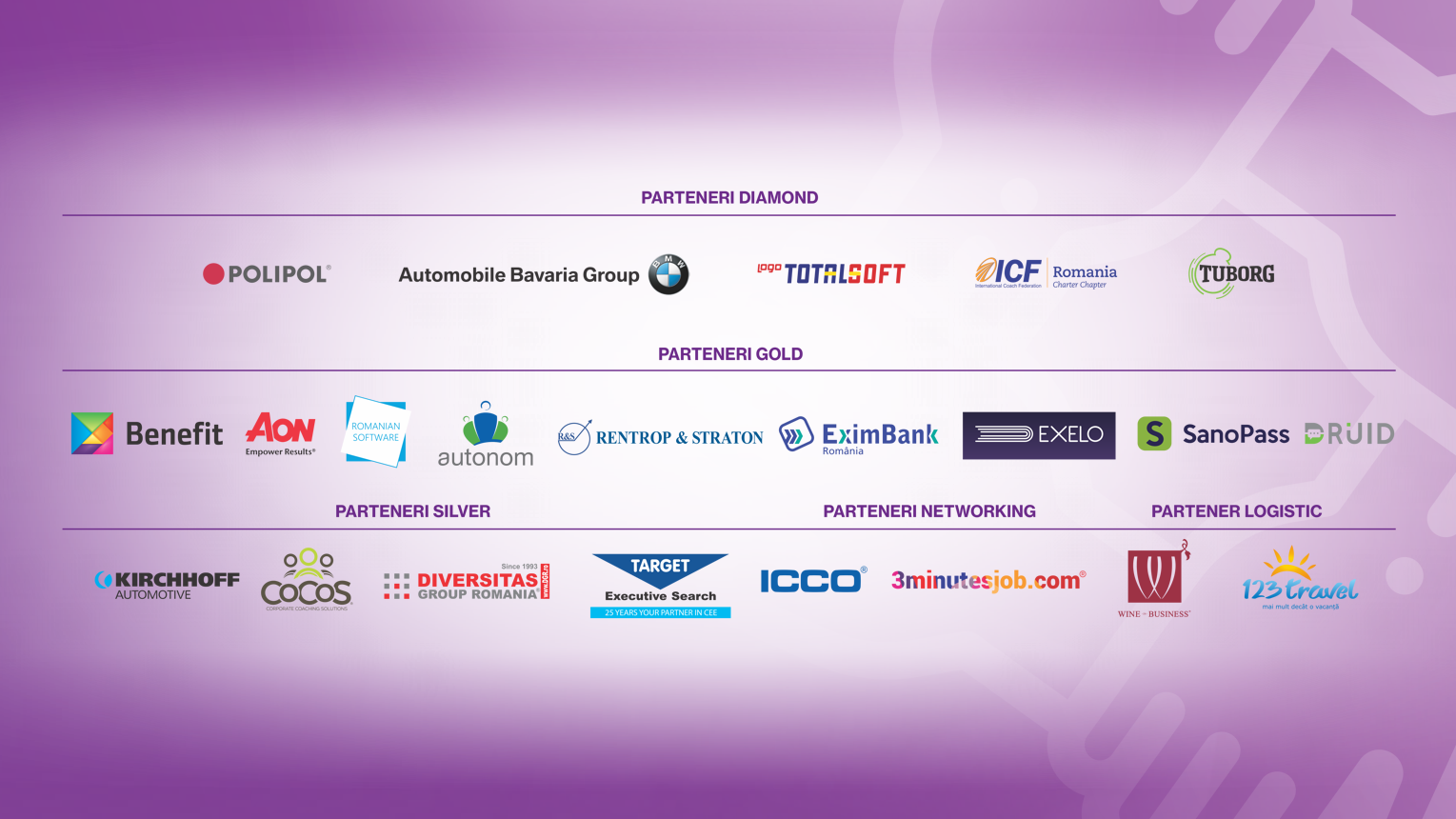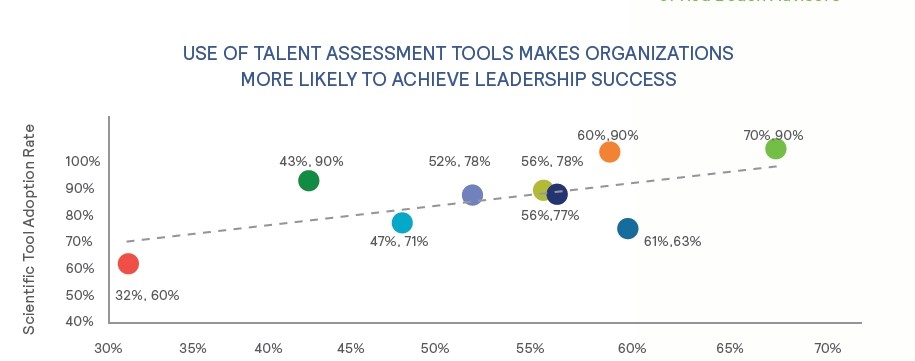Why Team Building Is An Essential Investment
Team building does not have the best reputation nowadays. Most people imagine being stuck with their co-workers for 1 or 2 days doing meaningless exercises that technically are supposed to increase productivity and collegiality.
Even though its reputation for being ineffective, team building has become one of the most important investments organisations can make for their employees. Despite the negatives emotions, it gives people, team building does build trust, alleviates conflict, boosts communication and enhances collaboration. Effective team building is what every company is looking for because it means a higher level of engagement in employees, which is fantastic for the bottom line. It can also be extremely fun if it’s done right.
It is clear as the light of day that the most successful team-building activities are the ones that make employees feel at ease and not all as having to go to work. Activities that are not at all subtle about aiming to reveal leadership and talent are obviously lowering enthusiasm amongst participants. By simply just spending time together and sharing experiences into completing a common goal allows co-workers to bond in a more natural way and it is by far more effective.
Unsurprisingly, happiness and learning have been correlated to work very well together. Most of the time, all companies have to do is introduce their employees to new things and activities which will, more often than not, will generate a feel-good factor which obviously translates into good news for the organisation. In the majority of cases, exercises that are out of the ordinary get people to work together in various new ways.
What is the purpose of team building?
Numerous analyses have revealed that people who participate in team building feel more positively about their team. This positivity is manifested in various ways such as more trust in their co-workers, more satisfaction that they’re part of a certain team and a lot more confidence that the team will achieve its targets.
Furthermore, employees that complete team building sessions together have better interactions: they communicate, coordinate and manage conflicts better. These processes are key in accomplishing the team’s ambitions.
However, team building may not directly improve team performance. Despite a better line of communication and more trustworthy workers, team building by itself doesn’t have a direct impact on performance. The reason for this is simply because performance relies on so many other factors besides team interactions that it shouldn’t be the only thing a company does if it wishes to improve performance levels.
When is team building the most effective?
Amongst team building activities, some are more effective than others. What sets apart most sessions is this: team building activities that focus on achieving goals and/or clarifying roles have the most beneficial impact. Achieving goals refers to define and clarify both individual and team objectives, and planning what actions need to be taken in order to turn objectives into reality. Clarifying roles purely means team members discuss what is and isn’t their task and understand their duties better.
On the other hand, team building exercises focused on improving interpersonal relations or solving already existing problems bring smaller, but still relevant benefits. Improving interoffice relations sees team members work on their trust among themselves whilst also building connections on a more personal level. Solving problems means identifying what doesn’t necessarily click between team members and planning on how to improve future situations.
Organisations must always remember that team building is not a splurge but merely an investment in the future! For example, one of the partners of NASCAR was invited for a day out on the tracks. 350$ for each employee wasn’t the most expensive nor cheap investment but at the end of the day, everything made sense. Everyone felt appreciated, given the fact that they were going around the track at over 233 kilometres per hour.
Daily Team Building Opportunities
Team building can include the daily interaction that employees engage in when working together to carry out the requirements of their jobs. This form of team building is natural and which can be assisted if the team takes the time required to come up with their own set of norms. The criteria help group members know how to appropriately interact with each other and the rest of the organisation.
Team building can also involve structured activities and exercises that employees on the team can lead, one way in which team criteria are established. As an alternative, with the proper budget and benchmark, managers can contract out for facilitation with an external resource. External facilitation, by an experienced person, can give your team building a boost.
No matter how an organisation chooses to build their group of employees into a team, the resulting bonds will enable them to accomplish the work and goals of the organisation more effectively than a group of people who don’t really know each other. As long as the company’s focus is dedicated to team building opportunities that lend themselves to the accomplishment of the actual work of the team, you are effectively building a team.
There is a real value in providing companies with the tools to carry out regular organisational assessments and this is where Great People Inside comes to your aid. Our online platform offers the best solutions and tools for your company to thrive in every type of industry and any possible situation your organisation may find itself. In terms of lowering your employee turnover rates, we recommend our GR8 Full Spectrum assessment for hiring and 360° Survey for retention. Finding the right talent, the best fit for the job and your organisation can be a very challenging task. It requires deep knowledge of your own organisation’s culture and a keen understanding of the candidate’s personality, strengths, interests, work style and other characteristics. Our technology and solutions will do the work for you, helping you find employees who can flourish and reach the highest performance required to constantly bring your company forward.
Request a free demo:
Sources:
https://www.thebalancecareers.com/what-is-team-building-1918270
https://scienceforwork.com/blog/team-building/
https://www.forbes.com/sites/brianscudamore/2016/03/09/why-team-building-is-the-most-important-investment-youll-make/#1ba7fb90617f





